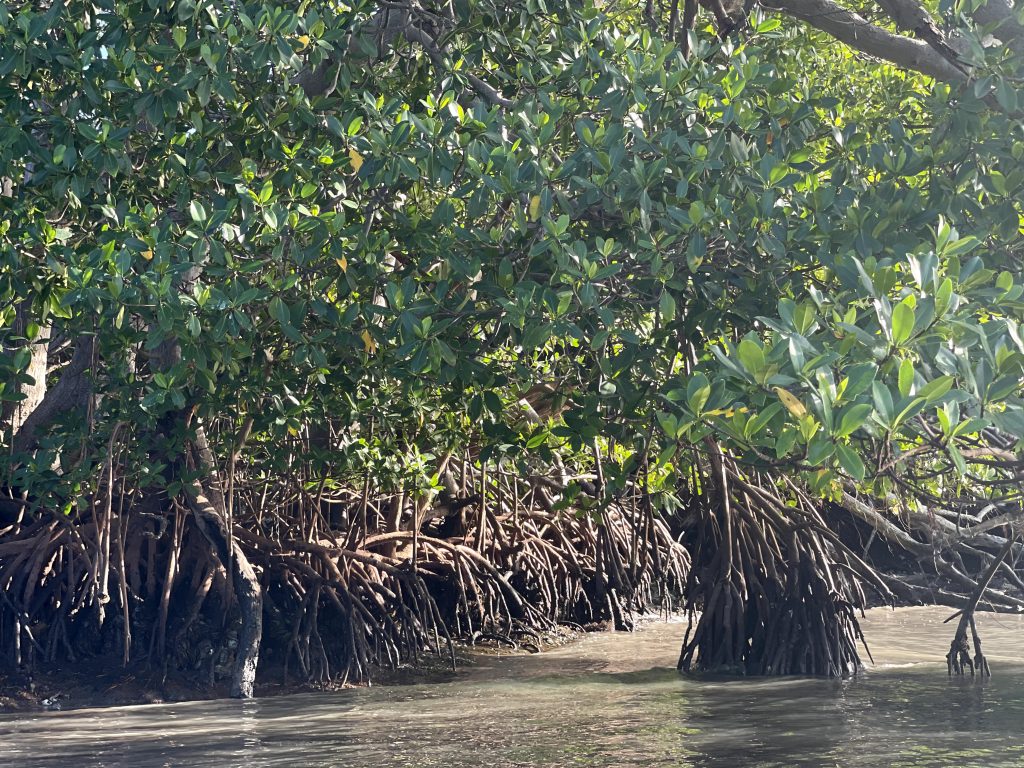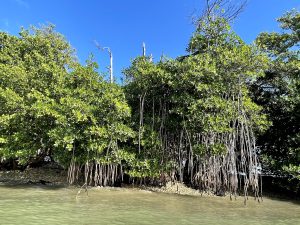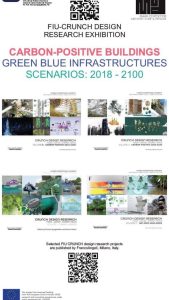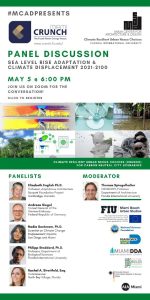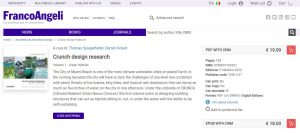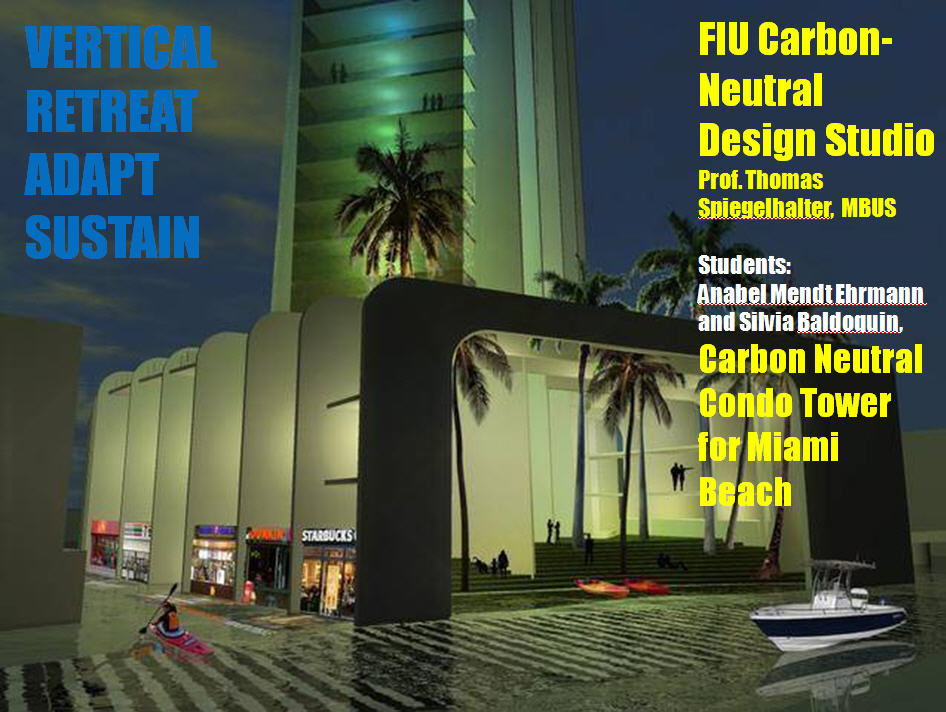Carbon-positive city, building, and green-blue-infrastructure design prioritize reducing carbon emissions while enhancing the natural environment, promoting biodiversity, and improving human well-being in urban planning and development. This approach incorporates green-blue infrastructure (GBI), which combines natural and built infrastructure elements to support biodiversity and provide ecosystem services. GBI involves mimicking natural systems and integrating sustainable urban drainage, green roofs, rain gardens, permeable surfaces, and other features that provide multiple benefits.
In contrast, grey infrastructure, such as concrete sea-walls, negatively impacts the environment and contributes to carbon emissions. The aim of carbon-positive city, building, and green-blue-infrastructure design is to move away from grey infrastructure and towards more sustainable, nature-based solutions.
Biodiverse coastal protection is a crucial aspect of this approach, which involves living shorelines and adaptive buildings. Living shorelines use native vegetation and natural materials to stabilize shorelines, create habitats for various species, and act as the first line of defence against coastal hazards. Adaptive buildings are resilient to coastal hazards and minimize their environmental impact by using adaptive natural systems and renewable energy. This integrated approach supports both ecological and human needs while reducing carbon emissions and enhancing the natural environment.
Photo Credit: Thomas Spiegelhalter, 2019
Photo Credit: Thomas Spiegelhalter, 2019
Volume 1 – Urban Hybrids
The City of Miami Beach is one of the most climate vulnerable cities on planet Earth. In the coming decades the city will have to face the challenges of sea-level rise combined with yearly threats of hurricanes, king tides, and tropical rain downpours that can dump as much as five inches of water on the city in one afternoon. Under the umbrella of CRUNCH (Climate Resilient Urban Nexus Choices) this first volume looks at designing building structures that can act as hybrids sitting in, out, or under the water with the ability to be self-sustaining.
Source: Click Here
